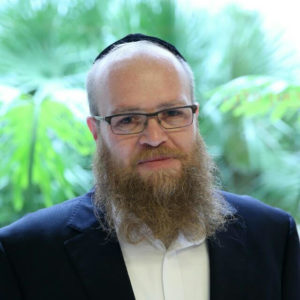Splitting at the Seams


Trail of terror on Friday night: Report from the site of the Neve Yaakov terror attack

Photos: Pinchas Emanuel, Flash90
It’s Sunday morning, and in the Mizrahi family’s old-fashioned apartment in Neve Yaakov, death has moved in for the week.
People walk around with that half-dazed, puffy-eyed look of grief that comes with sudden tragedy.
A table of cookies and drinks stands on the side, per Sephardic custom, and a man arrives with a load of chairs for the mourners. But the television crews combing the busy intersection below are an indication that this is no ordinary shivah house.
Just 20 meters below the Mizrahis’ balcony, an Arab terrorist shattered the Friday night peace with a horrific rampage.
Outside a shul on the Tabenkin intersection, the murderer pumped round after round into the bodies of defenseless Jews out for a stroll after the Shabbos meal. Bullet holes from the shooting spree pockmark a neighbor’s windows.
The seven people left strewn on the newly laid pavement of Sderot Neve Yaakov included the Mizrahis’ son Eli, and his wife of two years, Natali, a nurse.
For Eli’s father, Shimon, who watched their death from above, it was like watching a nightmare unfold in slow motion.
“We knew that it was a terror attack, and they went down to help the injured,” he recalls brokenly.
“I screamed at them, ‘Don’t go, don’t go! You’ll be killed!’ But they went down anyway.”
Thirty-six hours after the worst massacre that Jerusalem has seen in years, a macabre routine takes over: the police have finished their detective work and the Zaka crews have scrubbed the streets.
Life is returning to normal — or the pseudo-normal that is the reality of life on Jerusalem’s so-called “seam” neighborhoods.
The unrest and sporadic social-media-fueled violence of the Arab sector over the past two years has turned the neighborhoods where Arabs and Jews meet into far tenser places than they once were.
For many of the residents deep inside the areas, life goes on as before. But for those living on the edges or venturing out of the neighborhood, the lack of security is pervasive.
Buses are stoned, Palestinians stream through gaps in the security fence unchecked, and there is little police presence. Underfunded and undermanned, the security services fail to invest in basic security measures like cameras.
Turf wars hamper the effectiveness of a police service stretched too thin by night after night of Arab unrest in the eastern parts of the capital.
Neve Yaakov this week is a metaphor for the volcano that is Jerusalem’s front line. The Shabbos terror could have happened in Pisgat Ze’ev, Ramat Shlomo, or French Hill — anywhere incited Arabs are mere meters from vulnerable Jewish communities.
Neve Yaakov’s residents aren’t panicked; it’s more a feeling of unease. The massacre has focused minds on what they perceive as a security vacuum at the heart of their community.
“There’s a police station one minute from the attack and an IDF base on the road above,” locals say again and again, “so why was the killer allowed to range free for so long?”
Oops! We could not locate your form.







